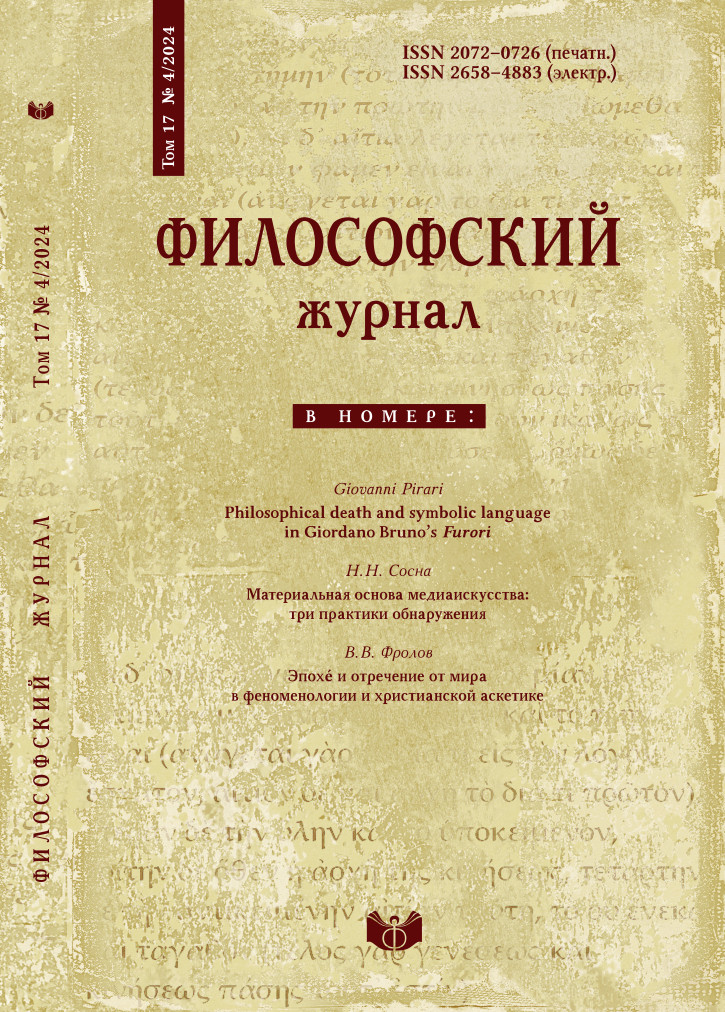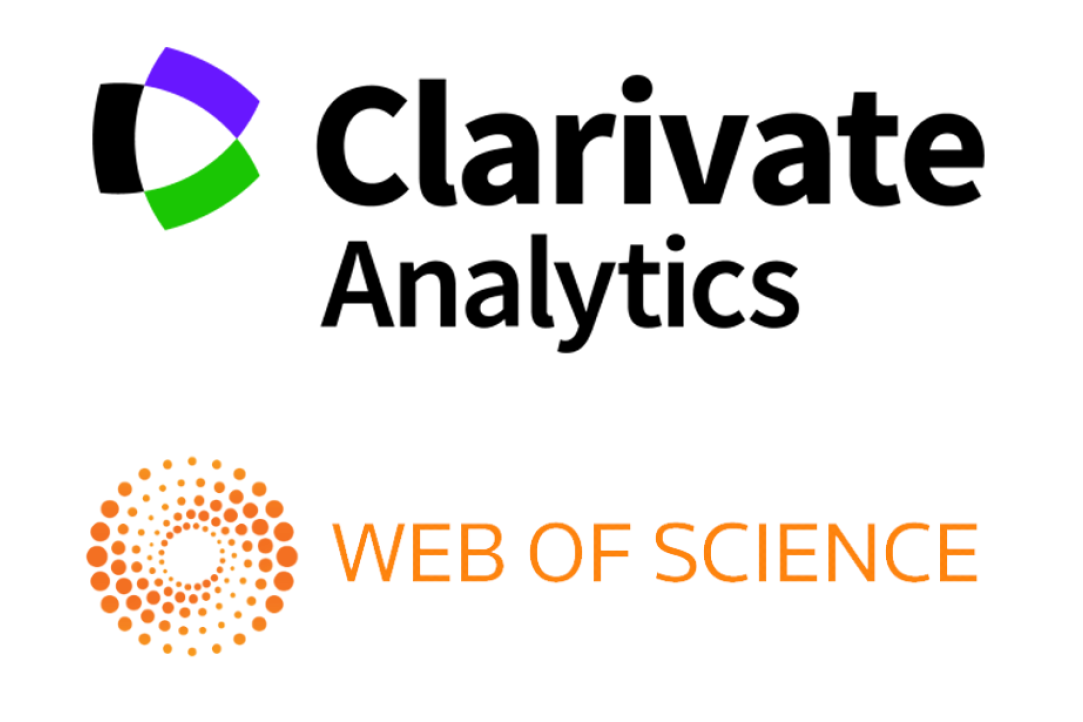Taxonomies between realism and constructionism
DOI:
https://doi.org/10.21146/2072-0726-2024-17-4-164-172Keywords:
taxonomies, scientific communications, post-normal science, social epistemology, science and societyAbstract
This article appeared as a response to the article by Anna Sakharova “Taxonomies and scientific communication: a sociocultural approach to scientific classifications”, which I read in the manuscript. It proposes a social-constructivist approach to taxonomies in science, drawing on a number of representative cases from biology, medicine, and linguistics. Generally agreeing with this approach, I will draw attention to a number of controversial details and arguments, as well as cite some considerations that allow, in my opinion, to present the classification activity in science in an even more complex and contradictory form. Usually, one expects from a philosopher of science providing a different result: in this case, she must draw a logically coherent and empirically impeccable picture of the construction of scientific taxonomies. However, difficulties come to the fore, which, even if being overcome by scientists on this path, reproduce themselves in a different form. Taxonomies are not based on reality per se, their ontology appears under the influence of a complex constellation of theoretical, empirical, metaphysical, value, and social factors. Taxonomies are constructed by scientists, they are not objective, but relative, their reality is legitimized not by nature, but by scientific communication. Philosophical analysis of scientific taxonomies gives an image of science as a constant search for the coherence of knowledge – coherence that is not the norm, but the ideal.






